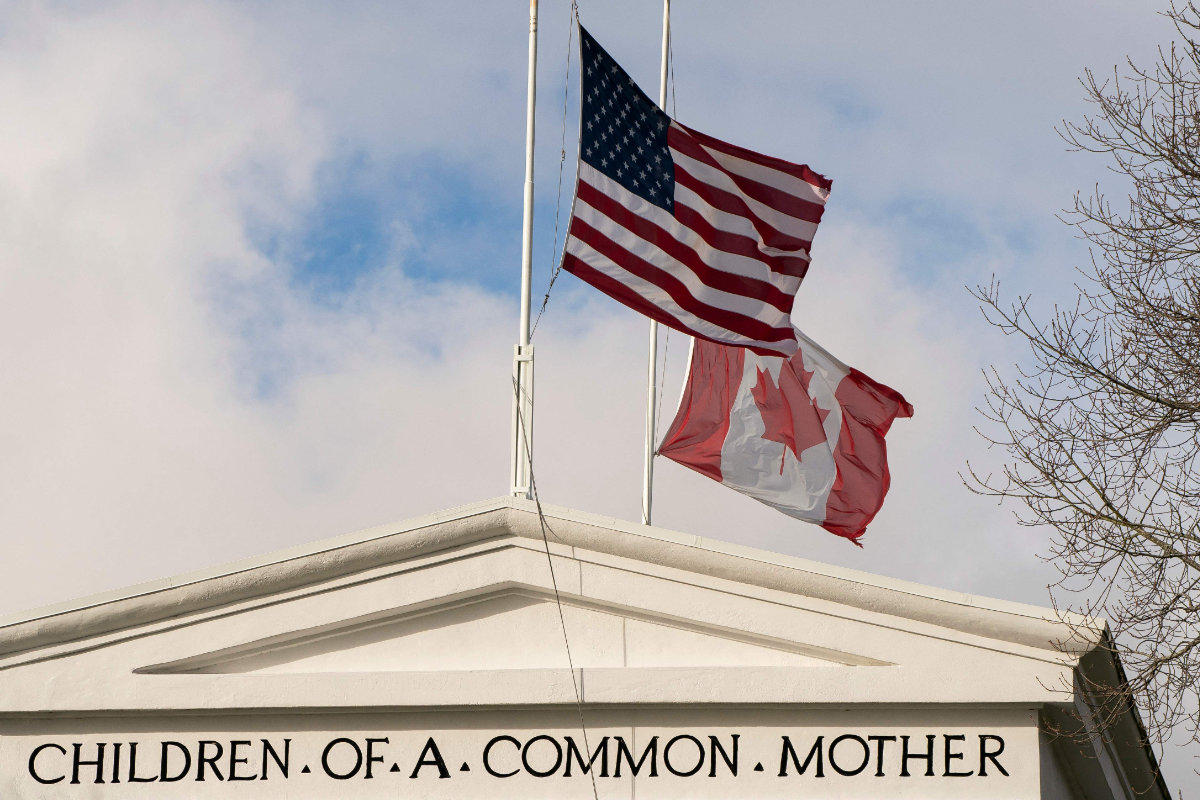WASHINGTON: President-elect Donald Trump’s nominee to be secretary of the Navy, John Phelan, has not served in the military or had a civilian leadership role in the service. While officials and defense experts said the Navy is in sore need of a disruptor, they cautioned that Phelan’s lack of experience could make it more difficult for him to realize Trump’s goals.
Trump late Tuesday nominated Phelan, a major donor to his campaign who founded the private investment firm Rugger Management LLC. The Trump transition team did not respond to a request for comment on his qualifications. According to his biography, Phelan’s primary exposure to the military comes from an advisory position he holds on the Spirit of America, a non-profit that supports the defense of Ukraine and the defense of Taiwan.
Not all service secretaries come into the office with prior military experience, but he’d be the first in the Navy since 2006. Current Secretary of the Army Christine Wormuth similarly does not have prior military service. She, however, has spent her career in a host of defense civilian positions.
The appointment comes at a critical moment for the Navy, which has been stretched thin with deployments around the world and must contend with a shrinking fleet even as the naval forces of its main rival, China, are growing. Trump has campaigned on expanding the Navy and would need to fight bureaucratic inertia to do so. But it’s uncertain whether a secretary with no military experience — either in uniform or as a defense civilian — would be well-positioned to lead that effort.
“It will be difficult for anyone without experience in the Pentagon to take over the leadership of a service and do a good job,” said Stacie Pettyjohn, a senior fellow and director of the defense program at the Center for a New American Security. “Services are sprawling organizations with distinct cultures, subcultures and bureaucratic interests, and where decisions are made through many formal processes. To change a service’s plans, one must understand this Byzantine landscape.”
Experts said Phelan’s nomination reflects that Trump is seeking service branch heads who will not push back on his ideas — but that Phelan’s lack of experience is likely to create issues and delays of its own, They say the Navy can’t afford to lose time. One of the Navy’s biggest challenges is preparing for a potential military confrontation with China over Taiwan, a self-ruled island that China claims as its own.
“The stakes are high,” said Brad Bowman, senior director of the Center on Military and Political Power at the Foundation for Defense of Democracies. “The success or failure in addressing key problems in the US Navy over the next couple years may have a decisive effect on war and peace in the Taiwan Strait and elsewhere.”
Trump has called for a 350-ship Navy since his 2016 presidential campaign, but he experienced first-hand the difficulty in realizing that goal, given the challenges to shipbuilding and the erratic and often delayed congressional budget process.
There are just under 300 battle force ships in the fleet — vessels that have a direct role in conducting combat operations.
“The Navy is stretched covering Europe, the Middle East and the Pacific. Strategists have wanted to pull back from Europe and the Middle East, but recent conflicts have prevented that,” said Mark Cancian, a senior adviser at the Center for Strategic and International Studies. “So the next secretary will have a shrinking fleet, expanded overseas commitments, and an uncertain budget environment.”
The Marine Corps has called for 31 amphibious warships to help it maintain a close-to-shore presence around the globe. The Navy regularly has had to extend the deployments of its aircraft carriers and escorting destroyers, for example, to respond to the unstable security situation in the Middle East.
Each extension can create rippling effects: Ships don’t get maintained on schedule, and forces get tired of the lack of predictability for their families and leave the service.
Service branch chiefs spend vast amounts of time not only responding to the White House but also appeasing members of Congress in frequent hearings on Capitol Hill, shaping budget requests, holding constant meetings on service member issues, attending industry conferences and filling speakers requests. That all requires a nuanced understanding of the service that a secretary is leading, because major change in any of the branches often involves a lengthy process to review directives and past policy. Any changes to the many weapons systems the Navy and Marine Corps need and pursue are subject to lengthy contract award challenges.
“The Navy’s problem here is money,” Cancian said. “Even if the defense budget goes up, there will only be a relatively small increase available for shipbuilding. (If) the budget stays steady or goes down, then the Navy will have a major problem. The fleet will continue to shrink.”
Trump has signaled through multiple appointments, such as his selection of SpaceX founder Elon Musk to co-lead a nongovernmental Department of Government Efficiency, that he seeks to cut through red tape. But the service secretary can’t do that without moving through Congress, which has produced many of those regulations and processes the military must follow.
“It might help that he has a personal relationship with the president. However, his lack of experience in defense and the Pentagon will hurt the Navy,” Cancian said. “It will take him a while to learn the levers of power.”
Trump turns to outsider to shake up Navy, but his lack of military experience raises concerns
https://arab.news/96jmm
Trump turns to outsider to shake up Navy, but his lack of military experience raises concerns

- The appointment comes at a critical moment for the Navy, which has been stretched thin with deployments around the world






























